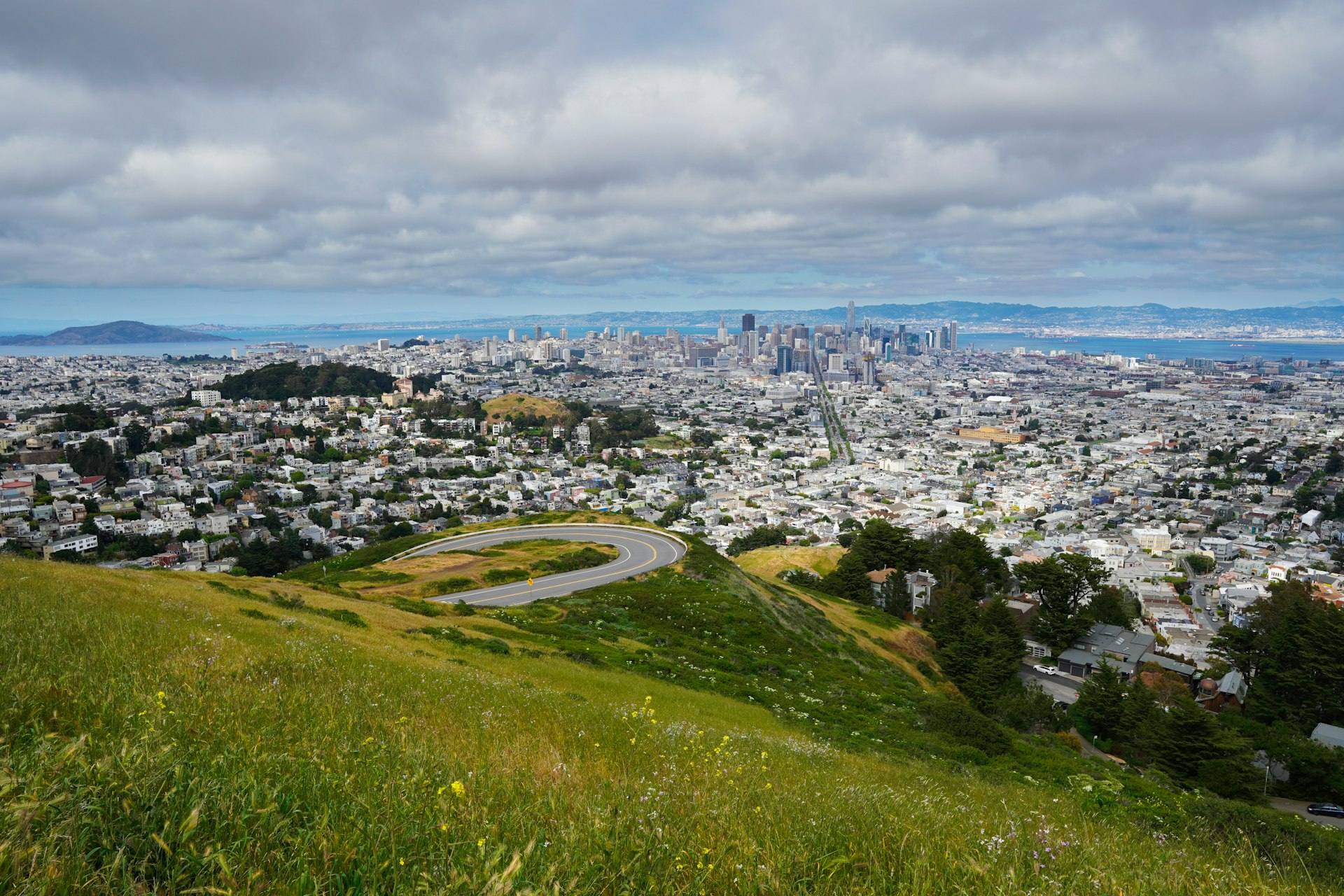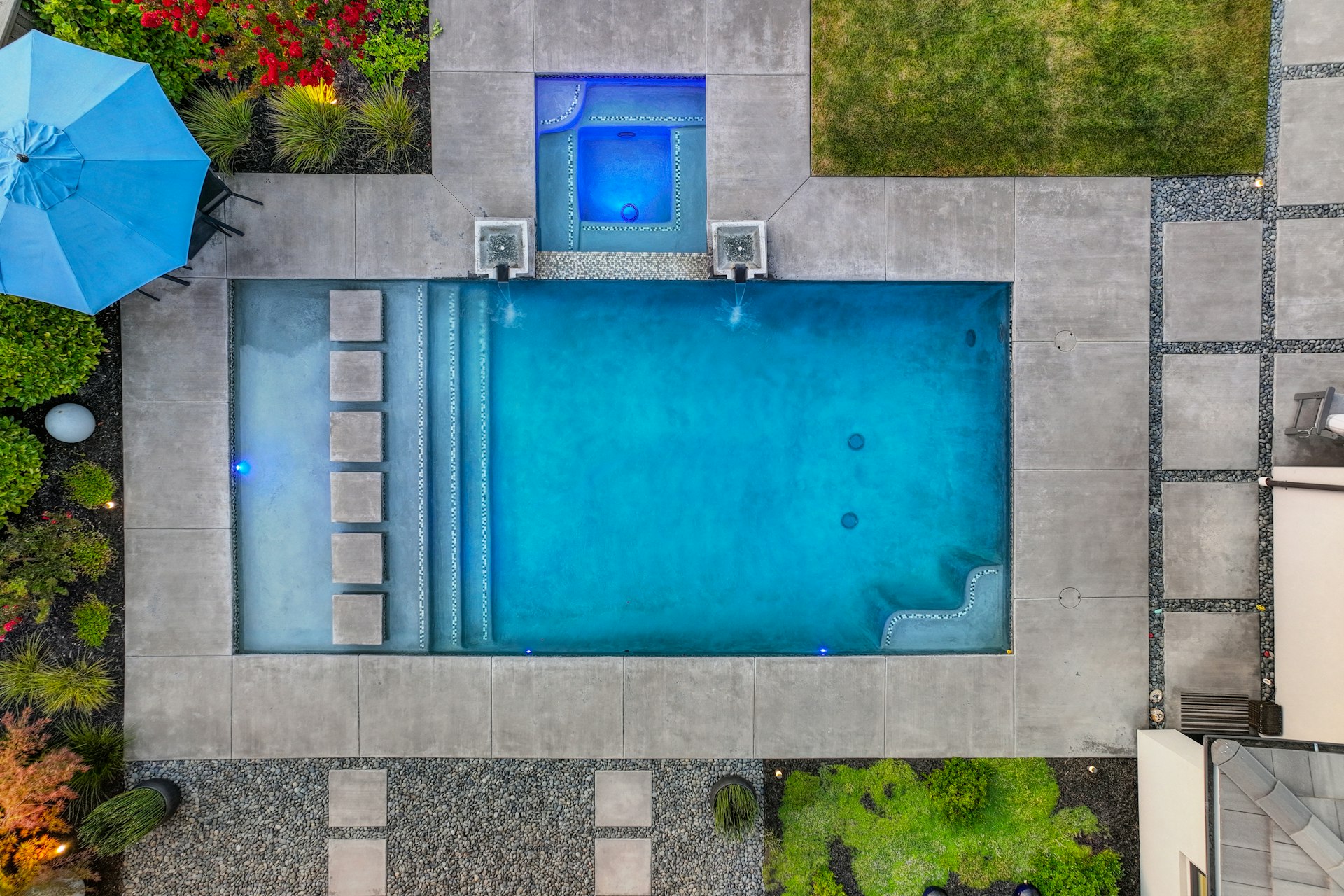Discover the World’s Most Exclusive Eco-Resorts in Remote Destinations

Photo by Jody on Unsplash
Introduction: Remote Luxury Meets Conservation
Imagine waking up amid untouched wilderness, surrounded by vibrant rainforests or pristine beaches, where every detail of your stay is designed for both opulence and environmental responsibility. Luxury eco-resorts in remote destinations offer this unique blend, letting travelers indulge in world-class amenities while supporting planetary well-being. These resorts are not just escapes-they set new standards for sustainable tourism, conservation, and community engagement. This guide delves into the essentials of luxury eco-resorts in remote locations, from their defining features to real-world examples, how to access them, and what you can expect from your experience.
What Defines a Luxury Eco-Resort in a Remote Setting?
Luxury eco-resorts combine high-end hospitality with rigorous environmental standards and are typically located far from urban centers-often in rainforests, islands, deserts, or mountain ranges. Several elements distinguish these properties:
- Eco-conscious design: Built with local, sustainable materials and minimal environmental impact.
- Renewable energy: Many operate on solar, wind, or other renewable sources to reduce their carbon footprint.
- Support for local communities: Partnerships with nearby villages and sourcing local goods are common, providing economic and social benefits.
- Wildlife and habitat protection: Ongoing conservation initiatives, from reforestation to marine sanctuaries, are frequently part of the mission.
- Exclusive amenities: Private villas, bespoke excursions, and personalized wellness programs elevate the guest experience.
For example, The Brando in French Polynesia operates almost entirely on renewables, has private beaches, and maintains a research eco-station focused on marine life and native flora restoration [1] .
Leading Examples of Luxury Eco-Resorts in Remote Locations
To better understand what sets these properties apart, here are some globally recognized, verified examples:
The Brando, French Polynesia
Nestled on the atoll of Tetiaroa, The Brando is renowned for its deep commitment to sustainability. Guests enjoy private villas, solar-powered amenities, and immersive cultural programs. Its eco-station supports local research and conservation. Access is via private plane from Tahiti, ensuring both exclusivity and minimal impact on local infrastructure [1] .
Mashpi Lodge, Ecuador
Perched in Ecuador’s Chocó rainforest, Mashpi Lodge offers floor-to-ceiling windows with panoramic forest views, guided nature activities, and a strong emphasis on biodiversity research. The lodge’s design minimizes environmental disruption and supports conservation through ongoing projects and local employment. Access typically involves a transfer from Quito, with the lodge coordinating logistics for guests [1] .
Playa Viva, Mexico
Located south of Zihuatanejo, Playa Viva is fully off-grid, relying on solar power and on-site water systems. The property features treehouse accommodations and offers guests the chance to engage with community and environmental initiatives, such as turtle conservation and reforestation. Reservations can be made directly through their official website, and guests are advised to fly into Ixtapa-Zihuatanejo International Airport for transfer [4] .
Keemala Eco Resort, Thailand
On the island of Phuket, Keemala’s hillside villas blend seamlessly into the jungle, emphasizing holistic living and minimal ecological impact. Each villa includes its own water treatment system, and the resort prioritizes the preservation of its natural hillside setting. Guests can book directly and arrange airport transfers through the resort [4] .
Echo Camp, Antarctica
Operated by White Desert, Echo Camp offers an ultra-remote, luxury experience on the White Continent. The camp is designed to be fully dismantled, leaving no trace after each season. Guests can explore Emperor Penguin colonies or visit the South Pole, with all logistics arranged by the operators. Due to its location, advance planning, and consultation with the provider is essential [3] .
How to Access and Book Remote Luxury Eco-Resorts
Because of their locations, reaching these resorts often involves multiple steps. Here is a practical approach:
- Research and compare: Use reputable travel platforms or specialized eco-travel agencies to compare locations, amenities, and conservation efforts. Look for guest reviews and third-party certifications such as LEED or Green Globe.
- Contact the resort directly: Visit the official website of your chosen property for verified booking information. Most luxury eco-resorts offer direct communication via email or phone, and staff can assist with logistics.
- Plan your route: Since many of these destinations are in remote areas, you will likely need to arrange private transfers, charter flights, or boat rides. Resorts typically coordinate these for guests, but confirm all details before booking flights.
- Understand sustainability commitments: Review each resort’s environmental initiatives, community engagement, and any guest participation opportunities (such as conservation tours or volunteer programs).
- Prepare for limited connectivity: Many remote eco-resorts have limited or no Wi-Fi/cell service. Plan accordingly and inform your contacts in advance.
If you are unable to find verified links for a specific resort, search for the property name on established travel sites or contact travel agents specializing in sustainable tourism for assistance.

Photo by Anubhav Arora on Unsplash
What to Expect from Your Stay: Experience and Impact
Staying at a luxury eco-resort in a remote location is both a personal indulgence and an act of stewardship. Here’s what you can typically expect:
- Immersive nature experiences: Guided hikes, wildlife watching, snorkeling, or cultural tours designed to educate and inspire.
- Gourmet, locally sourced dining: Many resorts grow their own produce or partner with local farmers, offering fresh, organic cuisine.
- Wellness and relaxation: On-site spas, yoga, and meditation, often using local or organic products.
- Personalized service: Small guest capacities ensure attentive staff and tailored experiences.
- Opportunities to give back: Participate in conservation, community projects, or educational initiatives.
For example, Playa Viva allows guests to help with turtle conservation, while Mashpi Lodge offers hands-on science activities with researchers [4] [1] .
Potential Challenges and Solutions
While the rewards are substantial, there are unique challenges to booking and enjoying remote eco-resorts:
- Accessibility: Travel can be time-consuming and costly. Solution: Plan well in advance and work with experienced providers.
- Cost: Luxury eco-resorts typically command premium prices due to their exclusivity and sustainability investments. Solution: Look for off-season deals or special packages, and consider how your spending supports conservation.
- Environmental conditions: Remote areas may pose risks such as unpredictable weather or limited healthcare access. Solution: Purchase comprehensive travel insurance and consult with your provider on safety protocols.
- Limited amenities: Some properties may have restrictions on internet or certain comforts. Solution: Embrace the opportunity to disconnect and focus on the unique experiences available.
Alternatives and Additional Guidance
If a particular destination is booked or inaccessible, consider alternatives:
- Look for eco-certified properties in less-remote but still scenic locations. Programs like Green Globe and LEED provide searchable databases of certified hotels.
- Work with specialized travel agencies that focus on sustainable and remote luxury travel.
- Read recent reviews and consult with online forums or travel communities for recommendations.
If you need direct assistance, search for “luxury eco-resorts” along with your preferred destination on reputable travel booking platforms or sustainability-focused travel blogs for up-to-date options and practical advice.
Conclusion: Transformational Travel with Purpose
Luxury eco-resorts in remote destinations enable travelers to experience the planet’s most breathtaking environments while contributing to their preservation. Whether you’re drawn to the rainforest canopies of Ecuador, the atolls of French Polynesia, or the icy expanse of Antarctica, your journey can have a meaningful impact. Begin by researching verified options, prepare for a unique adventure, and embrace the opportunity to travel with purpose.
References
[1] PassingThru (2023). 10 Breathtaking Eco-Resorts in Remote Paradises – Barefoot Luxury. [2] The Luxury Travel Expert (2023). Top 10 Most Remote Luxury Hotels in the World. [3] Bon Traveler (2023). The 15 Best Eco Resorts in the World.



